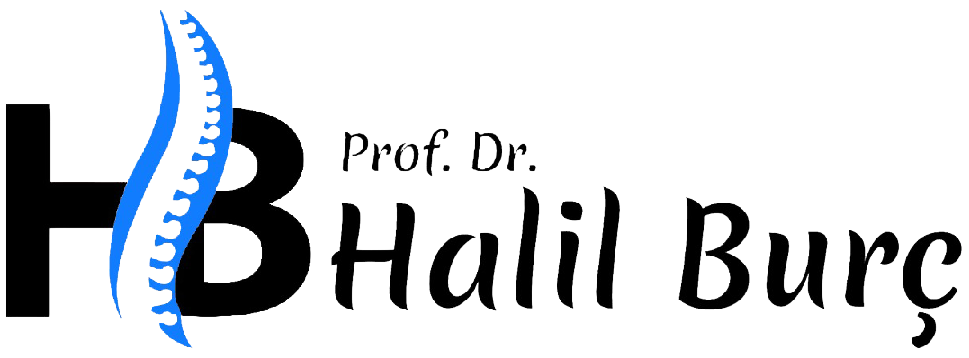What is Scoliosis?
Scoliosis is an “S” shaped three-dimensional deformity of the vertebral column. In brief, due to its deviation from the normal plane, it is the vertebral column’s curved appearance when viewed from the front, side, and above. To consider the presence of scoliosis, the curvature of the spine should be at least ten degrees. Curvatures under ten degrees are named spinal imbalance. Such spinal imbalances are usually due to unequal lengths of the lower extremities. A 1-1.5 cm shortness of the lower extremity might not be recognized in daily life due to its correction by such compensatory spinal curvatures. If the patient has finalized growth, such a difference can be avoided using an insole, and the curvature can be prevented from becoming permanent. The individual should be followed up at certain intervals until the extremity lengths are equalized and the developmental phase is terminated.
What is the treatment of scoliosis?
The patient’s age, gender, the curvature’s site and degree help us decide on treatment. For example, the management of a 10-year-old patient with a 20-degree thoracolumbar curvature is different from that of a 20-year-old patient. The 10-year-old patient should be followed up closely because of growth potential, whereas follow-up examinations once every two years are suitable for the 20-year-old patient. Because the planning of every patient is different from each other, you may consult which surgical treatment should be preferred.
Are all scoliosis cases treated surgically?
Absolutely not. We recommend the spinal corset and the Schroth exercise (asymmetric exercise) to our patients in the growth period and having a curvature degree not within surgical limits. Particularly girls encounter puberty earlier than boys. There is a stage of rapid growth while entering puberty. At this stage, sudden curvature increases may be observed. Thus, a close follow-up of three to four months might be required during these periods.
How should the corset be used?
In the beginning, the patient should use the corset for 23 hours every day. The corset can be removed for personal care in the remaining one hour. This period is reduced in later follow-ups, and corset use is terminated after the completion of development and when scoliosis is brought under control. The curvature’s degree may increase, and surgical treatment may be recommended during corset treatment. This is a situation to be decided on the patient’s behalf in private.
